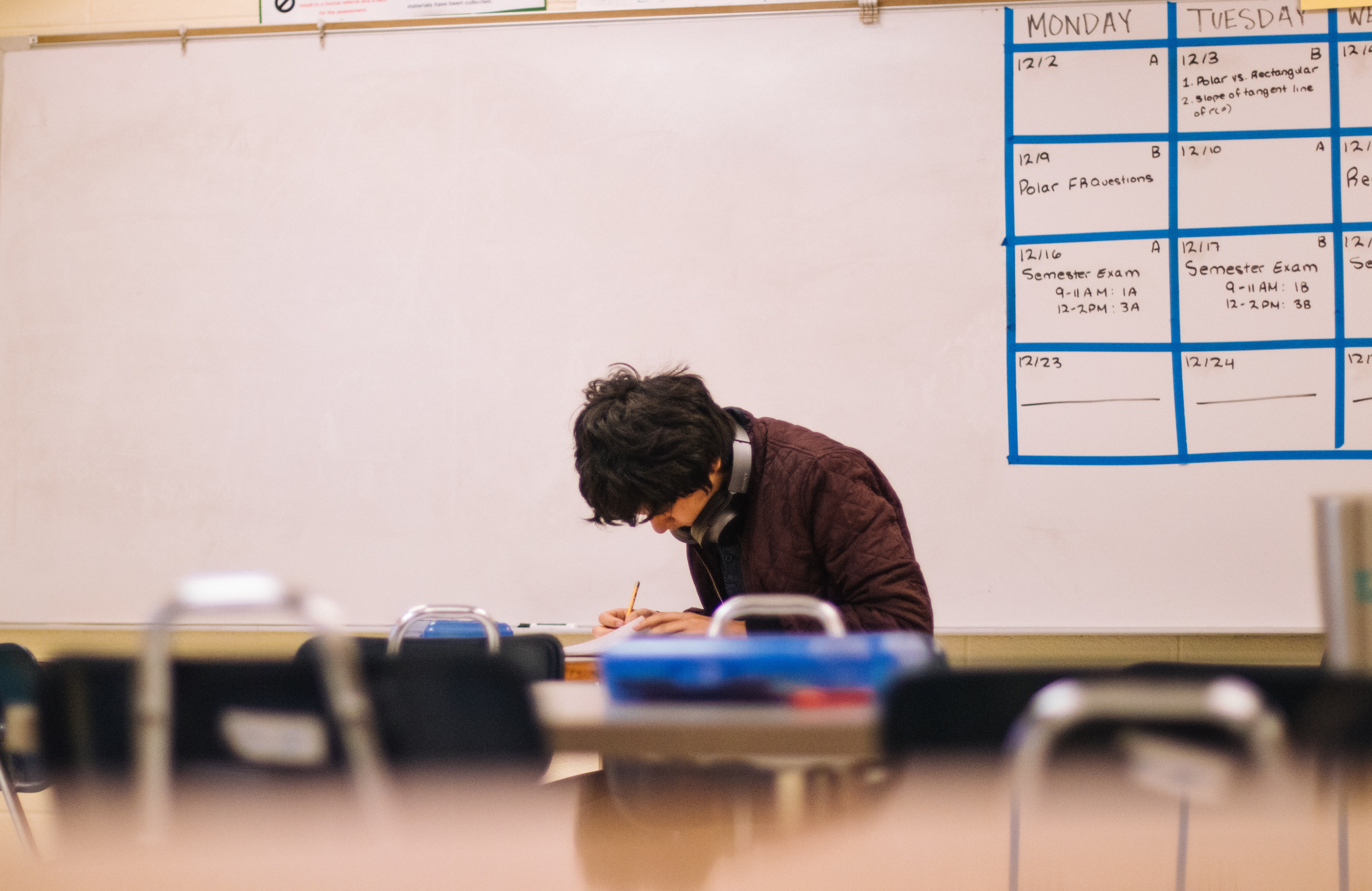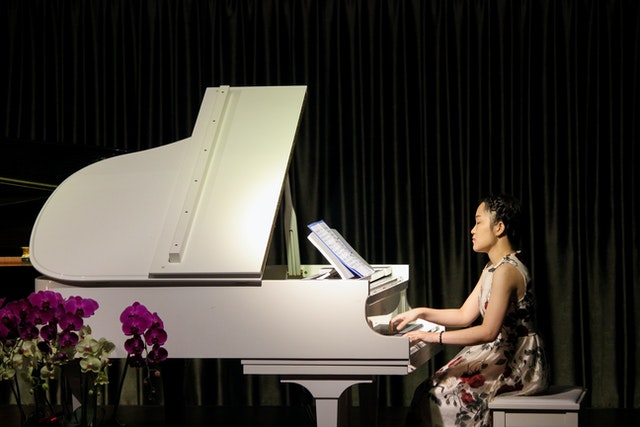
Do Rhythm Instruments Help Young Kids Learn Music?
It’s easy to underestimate what’s happening when a young child bangs a tambourine or shakes a maraca. These activities often look like play, and they are, but that doesn’t mean they lack purpose. When used in a structured setting, rhythm instruments help build the foundation for musical understanding, language development, motor coordination, and even academic readiness. At Cixi Music Studio, we use rhythm-based activities in early childhood classes not as filler, but as meaningful steps toward future musical fluency.
For information about our piano lessons in Pearland, violin lessons in Katy, or other music lessons in the Houston area, please get in touch.
Rhythmic Play Trains the Brain to Listen and Respond
Young children don’t develop a sense of rhythm by sitting still and listening. They build it through movement, call-and-response patterns, and physical repetition. When a toddler plays wood blocks along with a steady beat, they begin to internalize timing and pulse. These are not abstract ideas. They are concrete actions that help the brain build pathways for tracking sound over time.
Studies show that children who participate in rhythm training display improved timing and synchronization skills, which are directly connected to attention span and impulse control [1]. The part of the brain that processes rhythm also contributes to sequencing, which plays a role in early reading and language comprehension. In short, rhythm instruments don’t just make noise. They shape how young brains track, process, and respond to time-based input.
Motor Skill Development Happens Through Repetition and Variety
Striking a hand drum, tapping rhythm sticks together, or shaking a small egg shaker may seem simple, but these actions call on a range of fine and gross motor skills. Repeating these actions in rhythm strengthens hand-eye coordination and timing accuracy. Over time, this kind of structured movement helps children become more precise with their bodies, which is an important skill for learning instruments like piano, violin, or guitar later on.
One developmental study found that young children who participated in regular music-based movement classes demonstrated stronger gross motor planning and better bilateral coordination than peers in non-musical playgroups [2]. These benefits carry over into handwriting, athletic participation, and posture control.
Rhythm Supports Language and Reading Skills
There’s a reason so many children’s books are written in rhyme and meter. Rhythmic language helps children detect syllables, match vowel sounds, and recognize phonemes. Musical rhythm adds another layer of patterning to this, reinforcing timing and predictability.
In a 2014 study from Northwestern University, researchers found that preschoolers who could keep a steady beat also showed stronger neural responses to speech sounds [3]. This suggests that rhythm practice might help strengthen auditory discrimination, a key factor in both language learning and reading development.
Instruments like tambourines and rhythm sticks make rhythm tangible. They allow children to physically feel beats and phrases. Over time, that embodied experience leads to more confident internal rhythm, which is a crucial part of musical fluency and literacy.
Social Development Emerges in Group Rhythm Activities
When young children play music together, whether with rhythm instruments or body percussion, they learn to take turns, follow cues, and adjust to the group. This kind of active participation builds listening skills and group awareness. It also supports empathy, patience, and confidence.
In group music classes, instructors often lead call-and-response rhythms where children echo a phrase or pass a beat around a circle. This isn’t just musical training. It’s social training too. Each child has to wait, observe, and contribute. These small group dynamics create a sense of belonging and teach collaboration at an early age [4].
Rhythm Instruments Encourage Musicianship
Many parents ask whether rhythm classes will help their child really learn music or just burn some energy. The answer depends on the structure and intention behind the class. At Cixi Music Studio, our early childhood curriculum is designed to give children real musical experiences through age-appropriate tools. Rhythm instruments are used deliberately, not randomly. They help children learn tempo, volume, phrasing, and response.
We also pair rhythm with melody and movement. For example, children may tap wood blocks to a song’s beat while matching pitches with the teacher or moving in time around the room. These multi-sensory experiences help cement rhythm as an internal skill, not just a reactive one. As students grow, they transition into more formal instrumental instruction with a built-in understanding of pulse, phrase structure, and musical timing.
Rhythm-based music classes don’t replace instrumental lessons. They pave the way for them. The students who begin with wood blocks, shakers, and hand drums often move into piano or violin lessons with a stronger sense of timing and an eagerness to play expressively.
Sources
[1] Slater, J., Tierney, A., & Kraus, N. (2013). At-Risk Elementary School Children With One Year of Classroom Music Instruction Are Better at Keeping a Beat. PLoS ONE, 8(10), e77250. https://doi.org/10.1371/journal.pone.0077250
[2] Zachopoulou, E., Tsapakidou, A., & Derri, V. (2004). The effects of a developmentally appropriate music and movement program on motor performance. Early Childhood Research Quarterly, 19(4), 631–642. https://doi.org/10.1016/j.ecresq.2004.10.005
[3] Strait, D. L., & Kraus, N. (2014). Biological impact of auditory expertise across the life span: musicians as a model of auditory learning. Hearing Research, 308, 109–121. https://doi.org/10.1016/j.heares.2013.08.004
[4] Kirschner, S., & Tomasello, M. (2010). Joint music making promotes prosocial behavior in 4-year-old children. Evolution and Human Behavior, 31(5), 354–364. https://doi.org/10.1016/j.evolhumbehav.2010.04.004





